How To Incorporate Biophilic Design Into Your Home: A Detailed How-To Guide
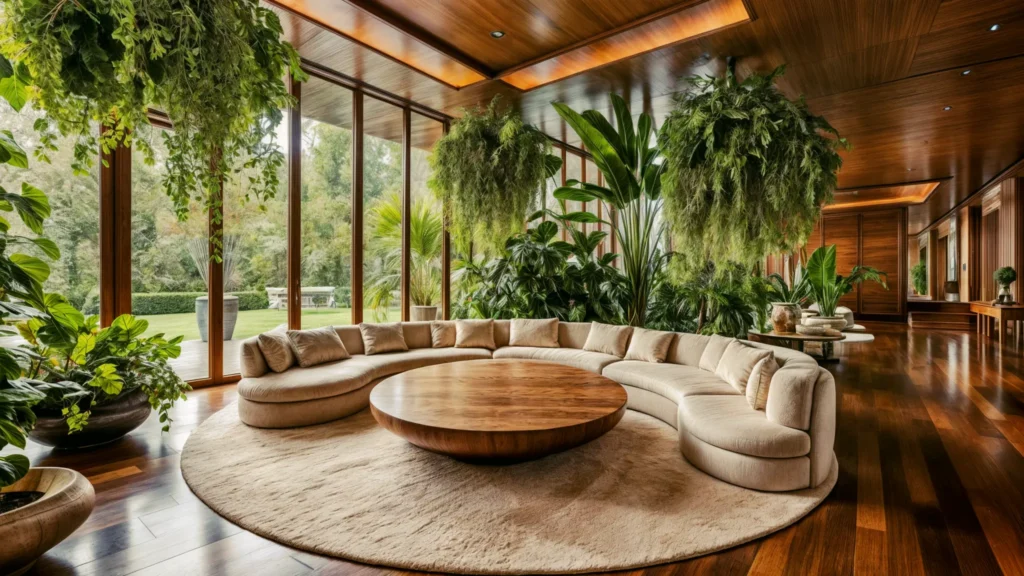
Biophilic design is not just a trend but a conscious shift towards embracing the innate connection we have with nature. This comprehensive guide will walk you through the steps to infuse your living space with the essence of the outdoors, promoting health, well-being, and a profound sense of peace.
Introduction: What is Biophilic Design?
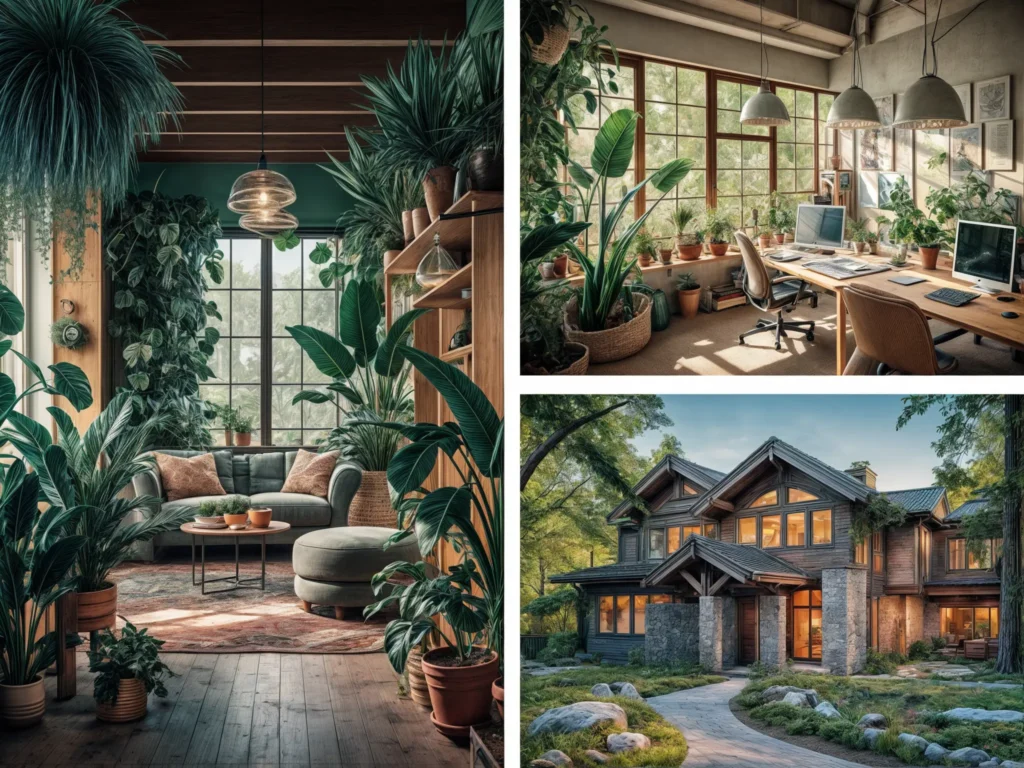
Biophilic design is an innovative way of designing the places where we live, work, and learn. It’s about understanding the human-nature connection and integrating natural elements and processes into the built environment. From improved air quality to enhanced creativity and well-being, the benefits of incorporating natural elements into our homes are immense and multi-faceted.
Understanding the Core Principles of Biophilic Design
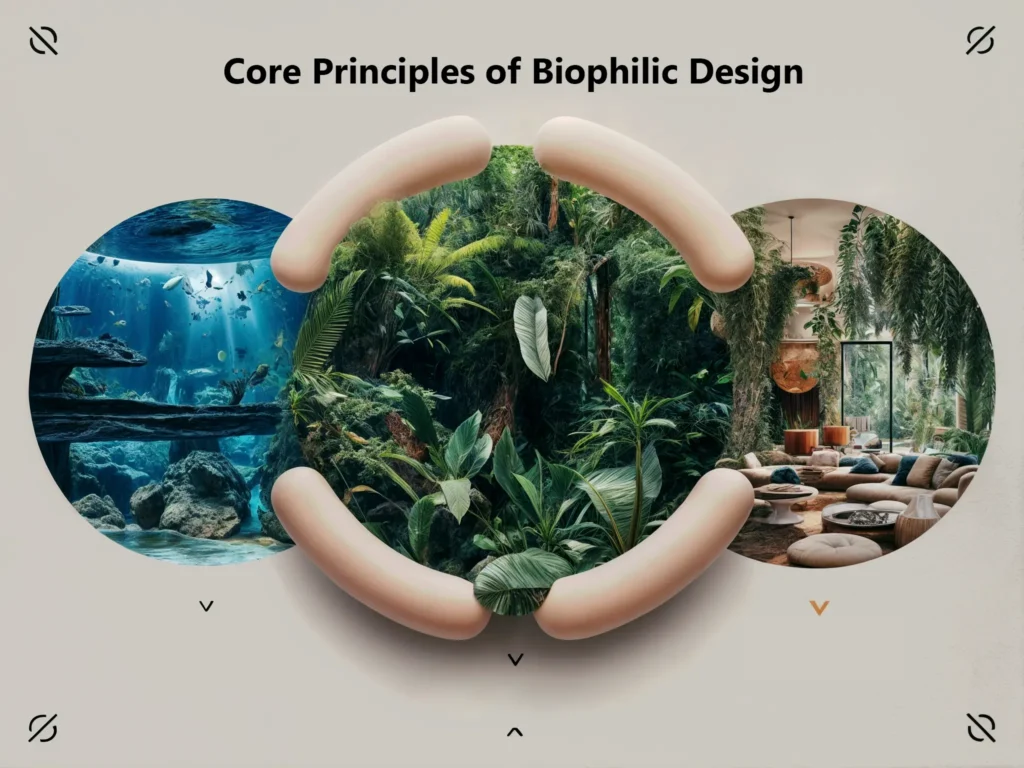
Before diving into the how-to, it’s crucial to understand the core principles of biophilic design. This includes the direct experience of nature (incorporating elements like light, air, water, plants, and animals), the indirect experience of nature (using materials, colors, shapes, and sequences that evoke nature), and spatial configurations that mimic the natural world. Understanding these principles is key to successfully implementing biophilic design in your home.
How To Incorporate Biophilic Design Into Your Home: A Detailed How-To Guide
How To Incorporate Biophilic Design Into Your Home: A Detailed How-To Guide Biophilic design is not just a trend but a…
Embrace the Future: 5 Exquisite Interior Design Trends for 2024
Step into the Future of Interior Design: 5 Interior Design Trends for 2024. Biophilic design, Sustainability, Bold colors and textures,…
Room-by-Room Guide to Implementing Biophilic Design
1. Living Room: Incorporate large, leafy plants, maximize natural lighting through windows, and use natural materials for furniture and decorations. Consider a small indoor water feature for a calming auditory experience.
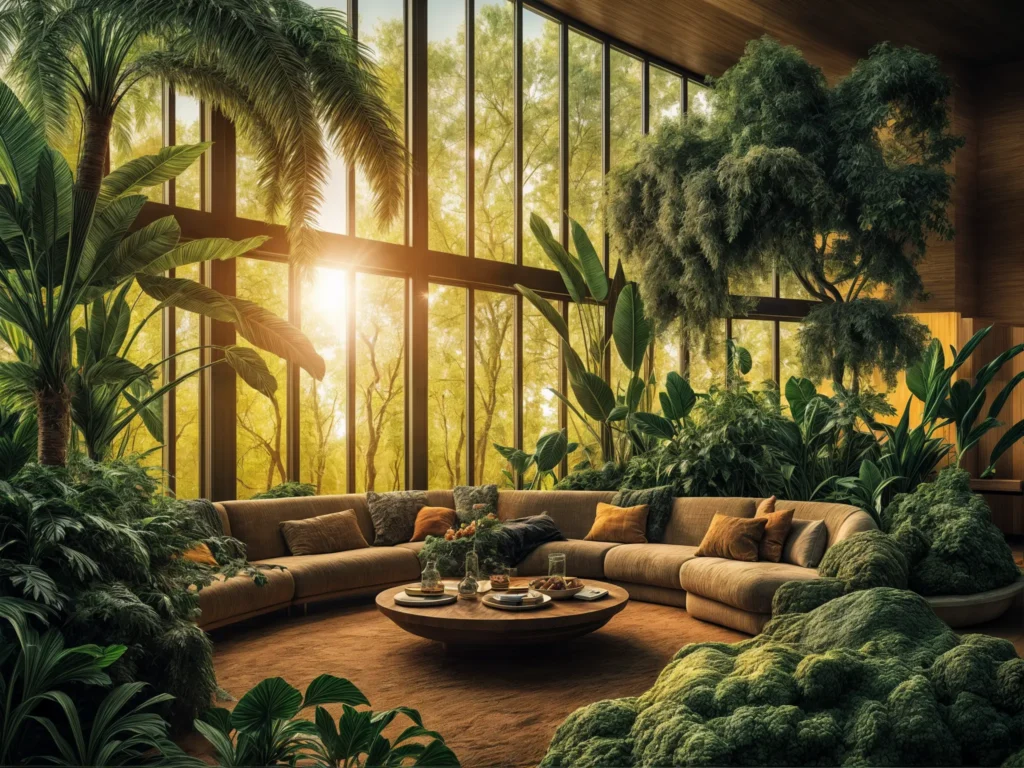
2. Kitchen: Herb gardens on the windowsill, bamboo or wooden utensils, and a color palette inspired by natural elements can transform your kitchen.
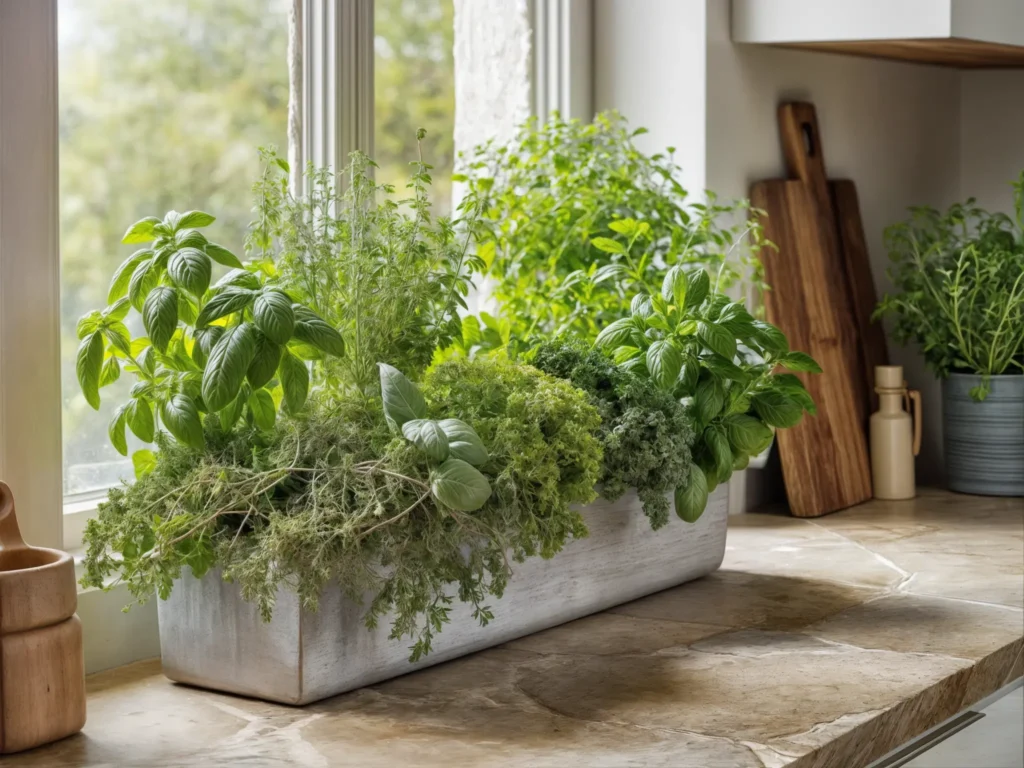
3. Bedroom: Use organic bedding materials, install sheer curtains to let in natural light while maintaining privacy, and consider wall art that depicts nature scenes.

4. Bathroom: Integrate greenery with moisture-loving plants, use stones or wooden mats for a natural feel underfoot, and if possible, install a skylight to flood the space with natural light.
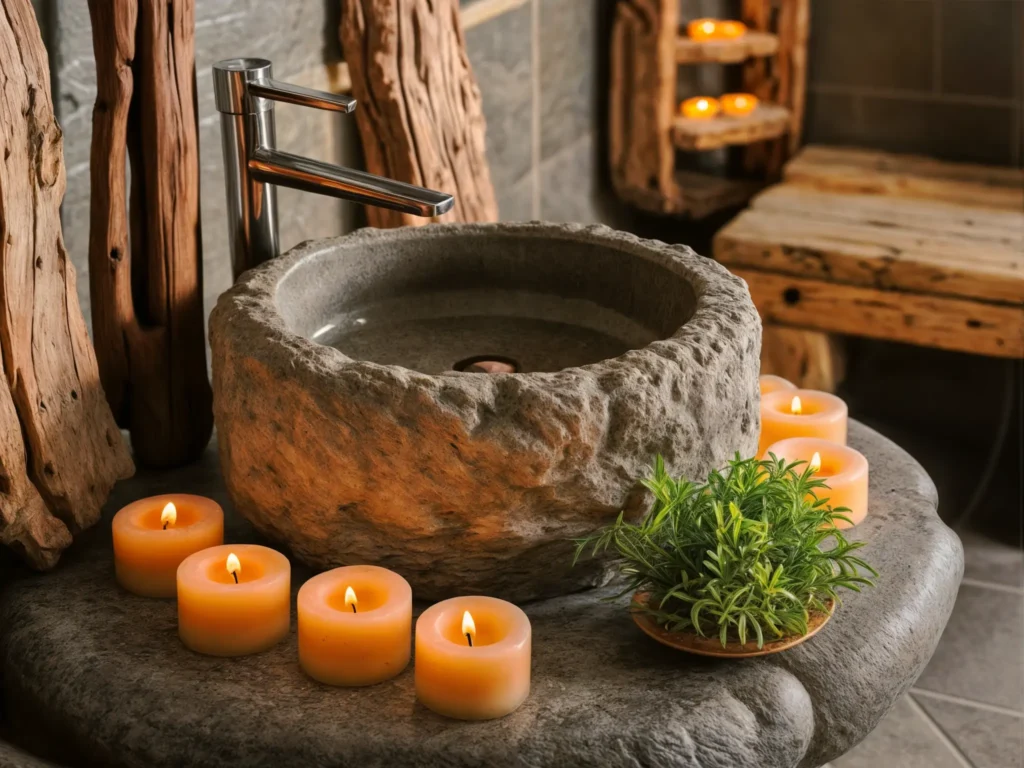
Tips and Tricks for Biophilic Design on a Budget
Do check out: Self-Healing Concrete: A Revolutionary Innovation
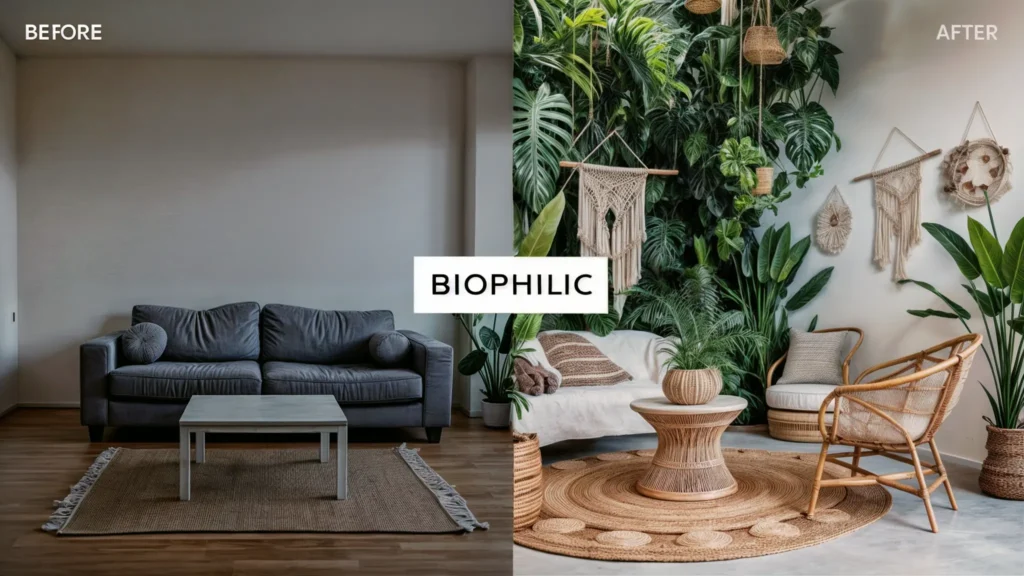
- Plant Power: You don’t need a fancy greenhouse! Start small with easy-care plants like snake plants or pothos. Look for deals at local nurseries, or propagate existing plants for free! Repurpose old mugs or jars as quirky planters. Hangers, shelves, and macramé plant holders can add vertical interest without breaking the bank.
- Think Beyond Greenery: Biophilia is all about nature’s vibes. Bring in natural textures with woven baskets, driftwood pieces, or pebbles in a bowl. You can even snag some smooth stones from your next nature walk!
- Light Fantastic: Maximize natural light! Open those curtains and blinds whenever possible. If natural light is limited, strategically placed mirrors can help bounce it around the room. Warm-toned lamps with dimmer switches can create a cosy, natural ambience.
- Earthy Hues: Embrace nature’s color palette! Paint an accent wall a calming sage green or a serene sky blue. Look for throw pillows or blankets with earthy tones like brown, beige, or terracotta to add pops of color.
- Nature’s Art Gallery: Who needs expensive artwork? Frame beautiful pressed leaves or dried flowers you find on walks. Check out thrift stores for nature-inspired paintings or photographs.
- Water Works: The sound of trickling water is incredibly soothing. A small tabletop water fountain can be surprisingly affordable and add a touch of tranquility to your space.
- Sensory Symphony: Let the sights and sounds of nature in! Open a window to hear birds chirping or watch the wind blow through the trees. Play calming nature soundscapes in the background for an extra dose of relaxation.
- DIY Magic: Get creative with DIY projects! Repurpose old furniture with natural wood stains or add pebbles to a vase for a unique centrepiece. The possibilities are endless!
- Shop Secondhand: Thrift stores and flea markets are treasure troves for biophilic finds. You might unearth wicker baskets, seashells, or nature-themed artwork at a fraction of the cost.
- Borrowed Beauty: Surround yourself with borrowed bits of nature. Fill a bowl with colourful fruits or display a collection of interesting rocks. Freshly cut branches in a vase can add a touch of life (just make sure they’re safe for indoor use!).
Case Studies: Successful Biophilic Design in Homes

Learn from others’ successes. Look for case studies or articles that showcase homes that have incorporated biophilic design effectively. Analyzing real-life examples can provide inspiration and a practical understanding of how to translate biophilic principles into your living space.
Conclusion: Maintaining and Evolving Your Biophilic Space

Biophilic design is not a one-time setup but an ongoing relationship with your living environment. It requires regular care, especially in maintaining plants and natural elements, and an openness to adapting and evolving your space as you live in it. The joy of biophilic design is that it grows and changes with you, enhancing your connection to nature and your overall well-being.
By following this detailed guide, you can gradually transform your home into a biophilic oasis, reaping the myriad benefits of a closer connection to nature. Each step brings you closer to a harmonious, healthy, and joyful living environment, reflecting the natural world’s beauty and balance. Embrace the journey of bringing the outdoors in and watch as your home and well-being are transformed.
FAQ (Frequently Asked Questions)
How Can I Maximize Natural Light in My Home?
- Open windows widely to let fresh air and sunlight in.
- Reposition furniture, blinds, and curtains to allow unobstructed sunlight.
- Consider the benefits of vitamin D (sunshine vitamin) for overall health.
Why Should I Incorporate Plants in My Interior Design?
- They act as natural air purifiers.
- Greenery has a calming effect, restoring energy and clearing the mind.
- Choose plants that thrive in your specific environment to make caring for them easier.
How Does Biophilic Design Benefit Mental Health?
- Reducing Stress: Natural elements like plants and water features can lower stress levels.
- Boosting Mood: Exposure to natural light and greenery can improve mood and increase happiness.
- Enhancing Cognitive Function: Incorporating nature into your living space can improve concentration and productivity


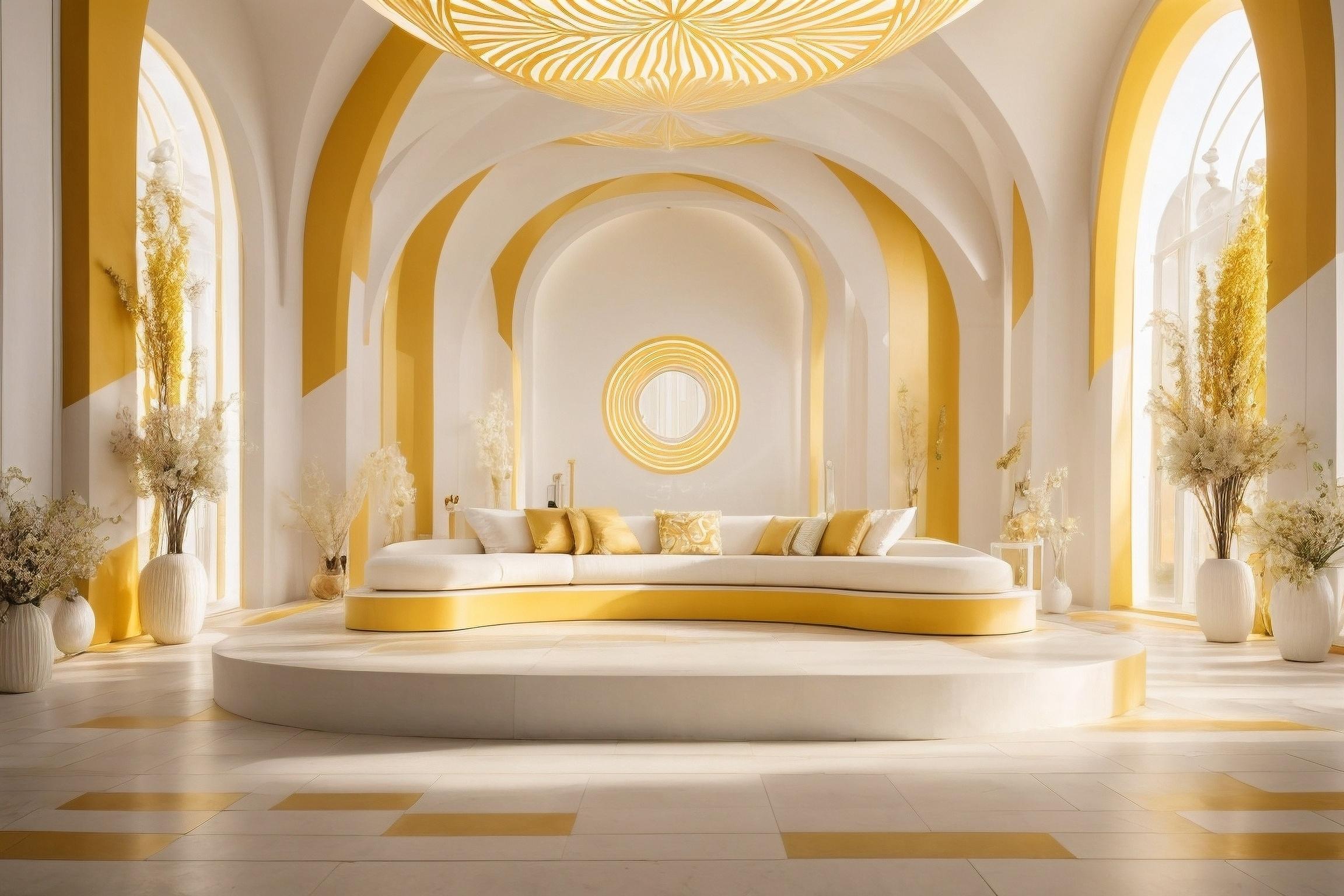
Leave a Reply